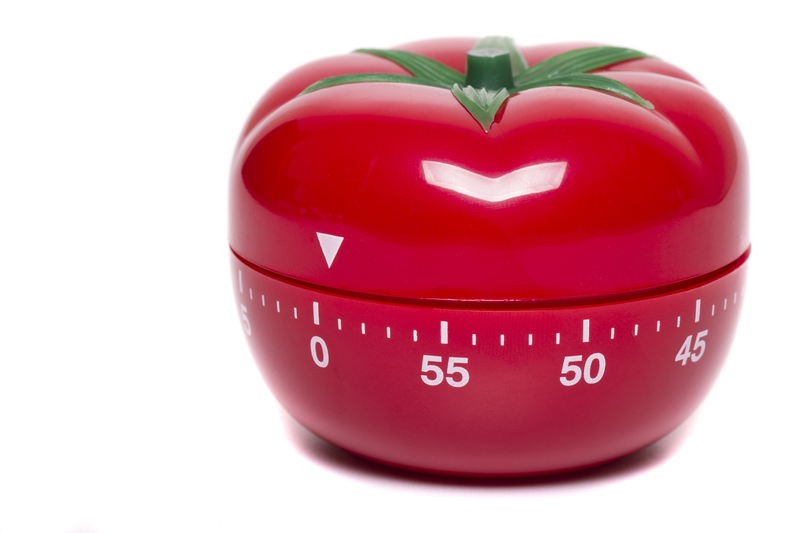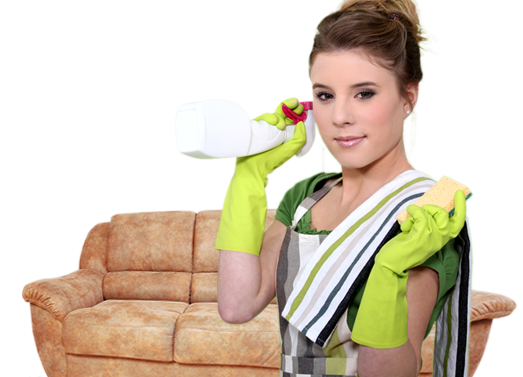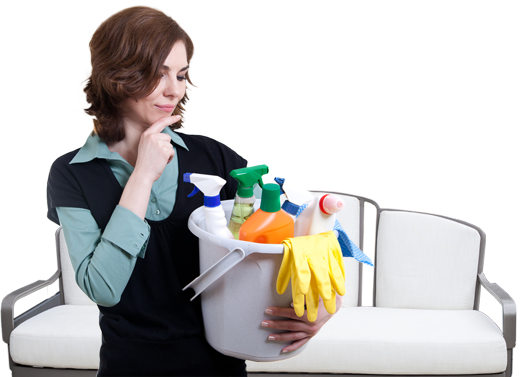Pro-Level Car Cleaning Tips for Every Detail
Posted on 25/09/2025
Pro-Level Car Cleaning Tips for Every Detail
Maintaining a spotless vehicle isn't just about appearance--it preserves your car's value, ensures a pleasant ride, and can even affect your health. Whether you're an auto enthusiast or simply want your car to shine, following pro-level car cleaning tips will help you achieve a truly immaculate finish, inside and out. Let's take a deep dive into advanced car cleaning techniques and discover expert advice that covers every detail.

Why Pro Car Detailing Matters
When you clean your car at a professional standard, you go beyond simple washes. You're protecting the paint, extending the lifespan of the upholstery, and reducing wear and tear. Read on to learn how to elevate your car cleaning routine with tips from the pros.
Start With the Right Tools and Products
A top-tier car clean starts with gathering the right auto detailing supplies. Professional detailers rely on specific tools for best results.
Must-Have Car Cleaning Tools:
- Microfiber towels - Gentle on paint, highly absorbent, and reusable
- Wheel brushes - Designed for tight spokes and tricky rims
- Soft-bristle interior brushes - Safely dislodge dirt from delicate surfaces
- Two buckets - For the two-bucket wash method (soapy water & rinse water)
- Grit guard - Traps debris in the bucket and prevents scratches
- High-quality car wash soap - pH-balanced and safe for all finishes
- Vacuum cleaner - For carpets, seats, mats, and nooks
- Clay bar - Removes bonded contaminants from paint
- Detailing spray or quick detailer - Gives paint that extra gloss and smoothness
- Upholstery cleaning solution - Designed for fabric and leather interiors
Investing in premium products and tools is key for professional-grade results and for protecting your vehicle's finish and interior.
Exterior Car Detailing: Steps for a Flawless Shine
1. The Two-Bucket Wash Technique
Pro car washers swear by this method. Use one bucket for your soapy solution and another (with a grit guard) to rinse your wash mitt between panels. This reduces swirl marks and fine scratches, keeping paintwork pristine.
- *Rinse* the car thoroughly, removing loose dirt and debris.
- *Soap up* your wash mitt, clean one panel at a time, and rinse the mitt before re-soaping.
- *Work from top to bottom*, as the lowest areas are the dirtiest.
- Rinse off all soap with fresh water.
2. Decontamination: Clay Bar Magic
Even after washing, tiny particles remain embedded in your car's surface. Use a clay bar with quick detailer lubricant. Gently rub the clay across the paint to *lift bonded contaminants* like tar, sap, and industrial fallout. The result? Sleek, glass-like paint.
- Always use plenty of lubricant to prevent scratches.
- Check clay often and fold as it discolors.
3. Polishing for Perfection
Polishing removes minor swirls, scratches, and oxidation. Use a dual-action orbital polisher for the safest method. For DIY, stick with light polishes; heavy compounds are best left to experts.
- Work in the shade on a cool panel.
- Apply polish with a clean foam pad in small sections.
- Buff away residue with a microfiber towel for a brilliant finish.
4. Protect with Wax or Sealant
Seal your hard work with a synthetic sealant or natural carnauba wax. Apply in thin, even layers for best durability and shine.
- *Spray sealants* are quick and long-lasting.
- Paste waxes offer legendary depth and warmth.
- Reapply as needed; most last 2-6 months.
5. Don't Forget the Details
- *Clean door jambs and hinges*--These hide grime that can corrode metal over time.
- *Dress exterior trim and tires* with appropriate conditioners for a rich, non-greasy look.
- *Polish glass* inside and out using a streak-free glass cleaner and separate towels from those used on paint.
Interior Car Deep Cleaning: From Floor to Roof
1. Remove Trash and Large Items
Empty out all compartments, cup holders, trunk, and floor spaces. This makes thorough cleaning possible and exposes hidden areas of dust and debris.
2. Vacuum Every Crevice
Use a crevice tool to get between seats, under pedals, and into tight corners. Remove (and wash) all floor mats separately.
- *Brush while you vacuum*--A soft brush can lift dirt for the vacuum to collect.
3. Deep Clean Carpets and Upholstery
For stubborn stains, apply an auto carpet cleaner and agitate with a brush. For fabric seats, use a foam or spray fabric cleaner. For leather seats, use a dedicated leather cleaner and conditioner--never all-purpose cleaners, which can dry and craze leather.
4. Clean and Protect All Surfaces
- *Dashboard and interior panels* - Use a pH-balanced interior cleaner and a microfiber towel. Don't use glass cleaner on screens or plastic trim.
- *Steering wheel, gear shift, switches* - These are the grimiest areas. Use safe disinfectants when possible.
- *Air vents* - Use compressed air or a small detailing brush to eliminate dust and debris.
5. Refresh Interior Glass
Interior windows accumulate haze and fingerprints. Use a dedicated automotive glass cleaner and a clean microfiber towel. Avoid ammonia-based products, which can damage tint or plastics.
6. Final Touches: Air and Scent
Finish by deodorizing the cabin. Use an activated charcoal bag or a professional interior air freshener. For smoke or persistent odors, try an ozone generator (follow all safety procedures exactly).
Pro Tips for Wheels, Tires, and Undercarriage
Wheels & Tires
- Pre-clean with dedicated wheel cleaner - Many brake dust residues are corrosive. *Choose a cleaner safe for your wheel finish*.
- *Use wheel brushes* to get into spokes and behind rims.
- Rinse thoroughly and dry separately to prevent redepositing dirt onto paint.
- Apply tire gel or dressing to restore rubber's deep black appearance and prevent UV damage.
Undercarriage
Often overlooked, professional detailers always rinse the underbody, especially after winter or exposure to salted roads. Use a pressure washer or undercarriage cleaning attachment.
How to Clean Car Engine Bays Like a Pro
A sparkling engine bay not only looks good but helps diagnose leaks and maintain resale value.
- Cover sensitive components (alternator, battery terminals, air intake) with plastic and tape.
- *Degrease with an appropriate engine cleaner* and agitate with a brush.
- Rinse carefully - Use a light spray, never a direct jet.
- Dry with a microfiber towel and compressed air.
- *Apply a plastic and rubber protectant* to hoses and trims for that just-detailed look.
Maintaining the Pro-Level Clean: Daily and Weekly Habits
Preserving your detailer-quality finish is all about smart maintenance.
- Quickly remove bird droppings, bugs, and tree sap from your paint before they harden or etch the finish. Use a gentle detailer spray.
- Wipe down interior touchpoints weekly with a mild cleaner.
- Shake out and vacuum mats to keep floors looking fresh.
- Park in the shade or use a car cover to protect from UV and dust.
Expert Tips for a Truly Immaculate Finish
- Switch towels frequently to avoid spreading dirt or polish around. Never use a towel for paint and then interior glass!
- Work in the shade - Direct sun dries products too quickly and causes streaks.
- Use purpose-built products - Avoid household cleaners, as they may be too harsh.
- *Clean wiper blades regularly* to reduce window streaks and prolong blade life.
- Always test new cleaners on an inconspicuous area before full use.

Frequently Asked Questions: Pro Car Detailing
How often should I detail my car?
For true professional car care, detail your car every 4-6 months. However, a basic cleaning routine (vacuum, quick wash, wiping surfaces) should be done weekly or biweekly, depending on your driving habits and local climate.
Is washing a car with dish soap safe?
No--always use a pH-neutral car wash soap. Dish soaps strip wax and dry out paint finishes, dulling your shine and exposing your car to damage.
How do I avoid streaks on my windows?
Use a dedicated automotive glass cleaner, a clean microfiber towel, and buff in circular motions. Avoid spraying cleaner directly on windows--spritz the towel instead to reduce overspray and streaking.
What's the difference between wax and ceramic coatings?
Wax provides short-term shine and basic protection (up to 2-3 months), while ceramic coatings form a long-lasting (2-5 years), hydrophobic layer that repels water, dirt, and minor scratches.
Should I pay for professional detailing or do it myself?
If you enjoy meticulous work and have the right tools and time, DIY car detailing can be deeply satisfying. For more complex jobs--like heavy swirl removal or interior odor elimination--professional services deliver top-notch results with less risk.
Conclusion: Master Every Detail With Pro-Level Car Cleaning Tips
A showroom-clean car doesn't happen by accident. It's built on consistent effort, the right products, and professional techniques. With these pro-level car cleaning tips, you can achieve and maintain a flawless vehicle inside and out--impressing friends, preserving resale value, and enjoying every drive in style and comfort.
For more expert car care advice and the latest detailing product recommendations, bookmark this guide--your ride deserves it!





